What It Does
Basedash turns your production databases and SaaS data into a keyboard-fast, AI-powered workspace for querying, editing, and visualizing information. Connect Postgres, MySQL, or 500+ cloud apps, and it auto-generates a spreadsheet-like UI plus a ClickHouse warehouse. Non-technical teammates ask questions in plain English; Basedash translates them into SQL, builds dashboards, and suggests follow-up insights. Engineers still get a full SQL editor, version history, and custom actions to trigger external APIs. Everything is permissioned, audited, and SOC 2 certified, with optional on-prem deployment.
Why Ops Leaders Should Care
Ops leaders live on accurate, timely data. Basedash removes the wait on engineers by giving every teammate safe, self-serve access to live production information and AI-driven analysis. You centralize admin tasks, ad-hoc metrics, and dashboards in one tool, cut custom internal-tool build time, and keep a provable audit trail for compliance—no extra headcount or piecemeal BI stack required.
Key Features (Pros & Cons)
Pros
- Instant spreadsheet-like UI from any SQL database or 550+ SaaS connectors.
- Conversational AI converts plain English to SQL and auto-builds charts.
- Unified platform for CRUD actions, dashboards, and warehouse—no context switching.
- Granular roles, edit history, and SOC 2 compliance bolster data governance.
- Snappy 60fps UX with keyboard shortcuts delights daily power users.
Cons
- $999/month flat price deters very small teams.
- Limited to Basedash’s opinionated layouts; complex custom UIs need other tools.
- Advanced analytics depth trails Looker, Tableau, or dedicated data-modeling suites.
An Operator’s Perspective
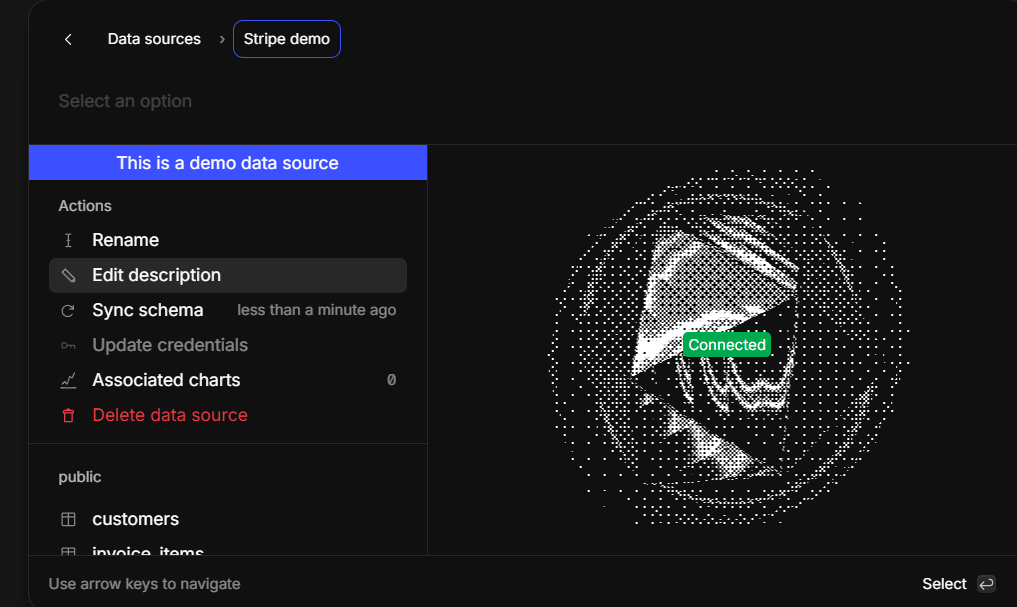
Connecting data sources in Basedash
I took advantage of Basedash’s 14-day free trial offer to test out the tool.
I started out using the fake data sets that Basedash provides for testing and was able to generate some analyses with natural language prompts. However, the data sets are limited, so I decided to connect one of our core company accounts to try it out in more of a ‘live fire’ capacity.
The first thing that I noticed was that the system was slow - it took roughly 12 hours for the data to sync to Basedash. While this ultimately isn’t a big deal, it prevented me from really sinking my teeth into the tool when I was most excited to do so.
The next morning when I finally got access to the data, it was a somewhat different story. I created a couple of analyses using live transactional data and it performed quickly and successfully. Creating a chart from that data on the fly was less successful. The prompting is straightforward and powerful - I’m not skilled at SQL, so being able to generate analyses just by describing the outcome I wanted felt slightly magical. Basedash also has a full SQL editor for more technical users.
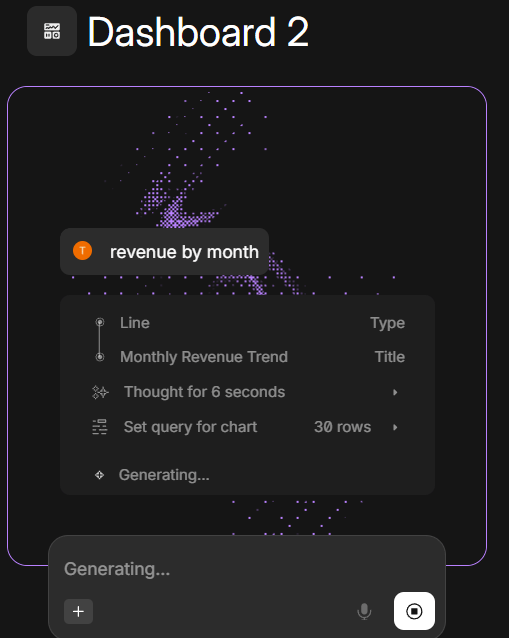
Basedash shows its work while it generates a chart from a simple natural language query
The “Reports” functionality was also intriguing. It comes preset with a bunch of suggestions, including generating investor updates, notable signups, and more (screenshot below). These kinds of features are thoughtful - they help overcome the ‘cold start’ problem of most analytics tools and improve time to value for busy ops professionals. Reporting can be updated on a set cadence and can even be sent out via Slack. Imagine automating a bunch of your reporting - sounds pretty good to me.
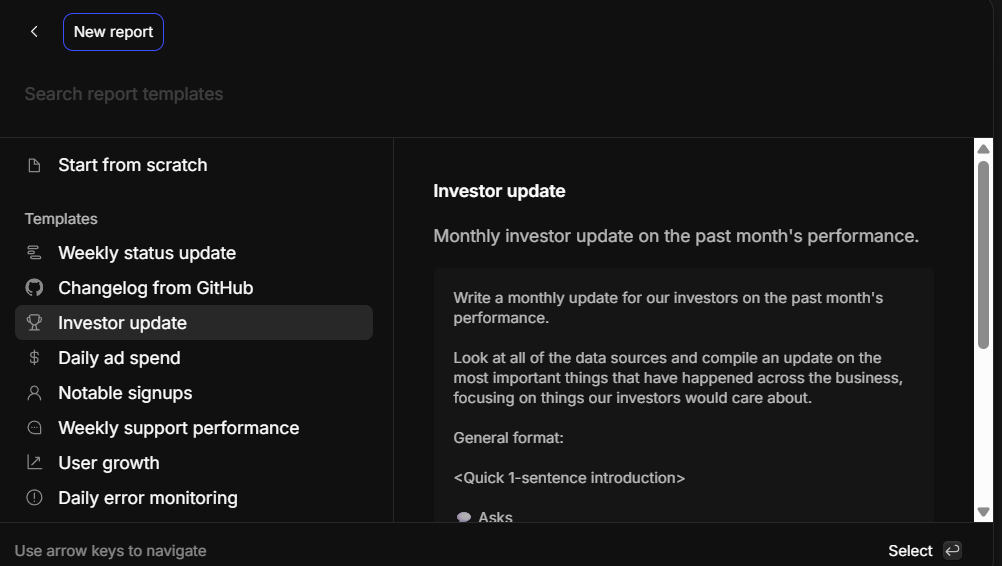
Some of the suggested reports you can generate out of the box
Navigation is intuitive for the beginner, but seems to be quite powerful for those with more experience with the system. Navigation is fast and can be done entirely from the keyboard (no mouse needed). The data privacy/security of the tool was sufficient from my perspective, as were the access controls (you can control access at the data set level, report level, dashboard level, etc.
Since I only connected a single database/tool, I wasn’t able to see firsthand the full power of the system, but I can see how useful it would be if it had access to every one of your organization’s key systems.
Other Options
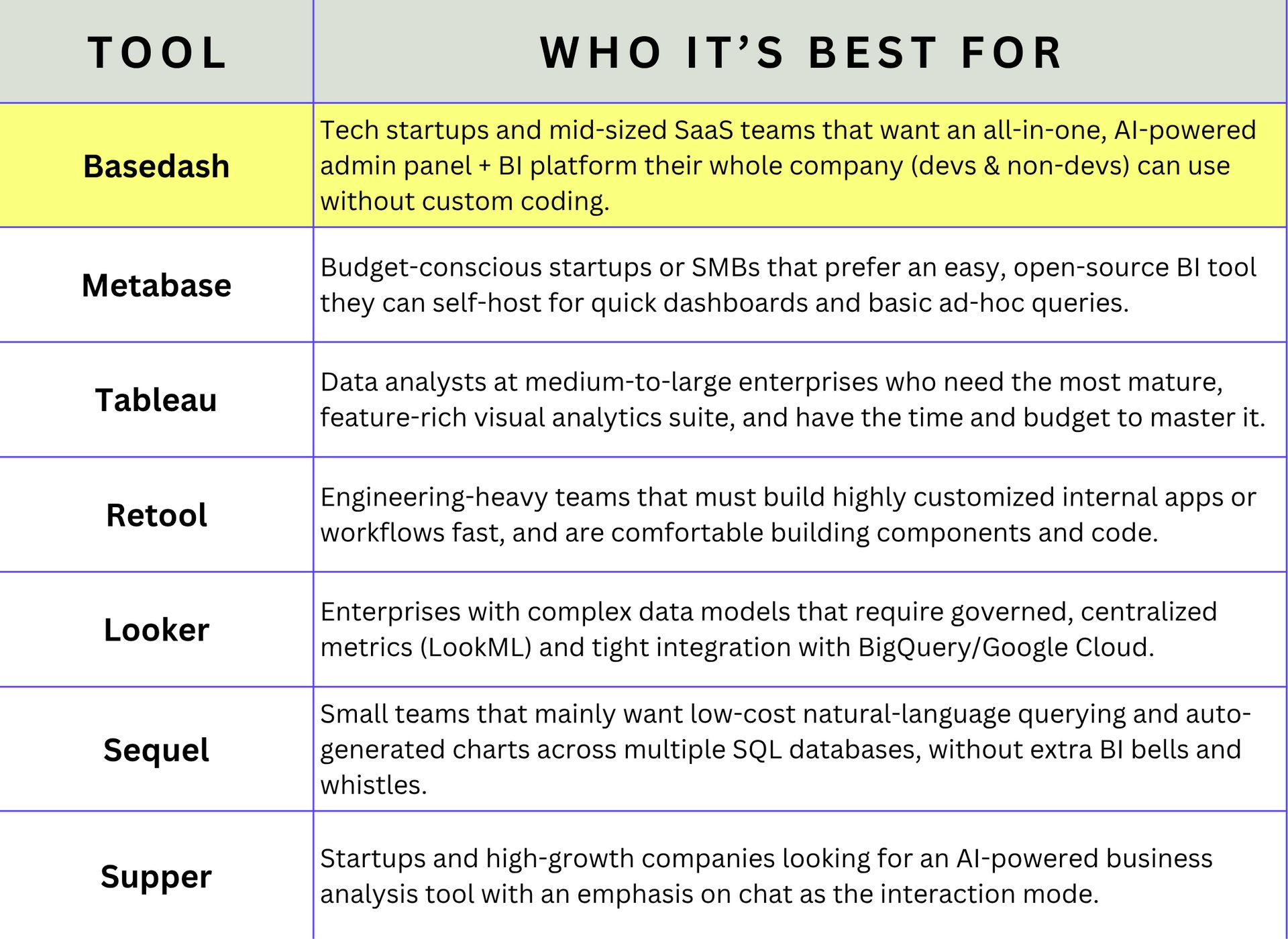
Bottom Line
From this operator’s perspective, Basedash seems quite compelling for mid-sized or high-growth companies who don’t want to invest in a full Tablau/Power BI/etc. build-out yet. For those at larger companies who need more enterprise features, or folks who are more opinionated on data definitions, display, etc., it may not be the right fit.








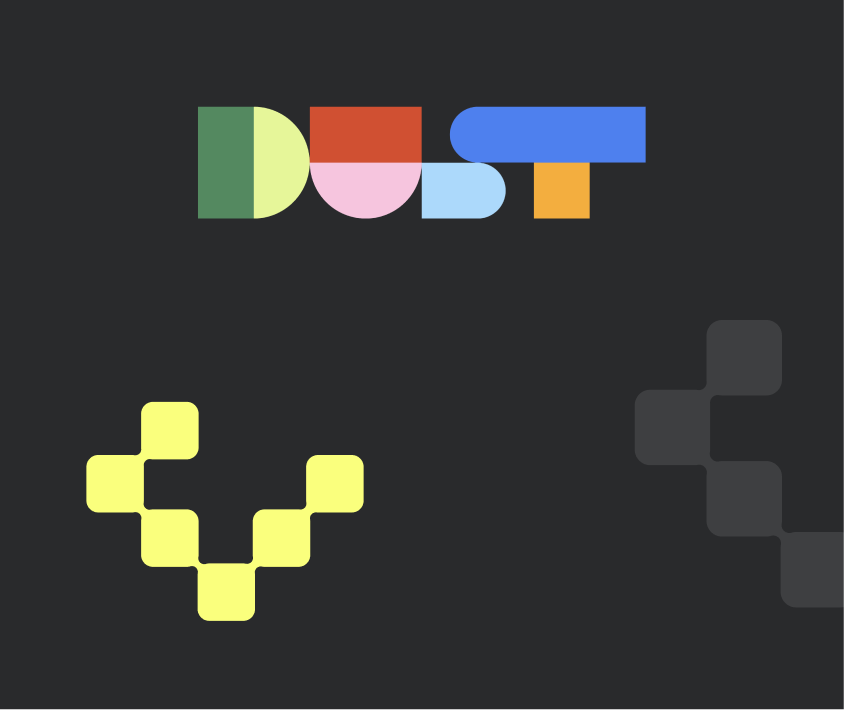
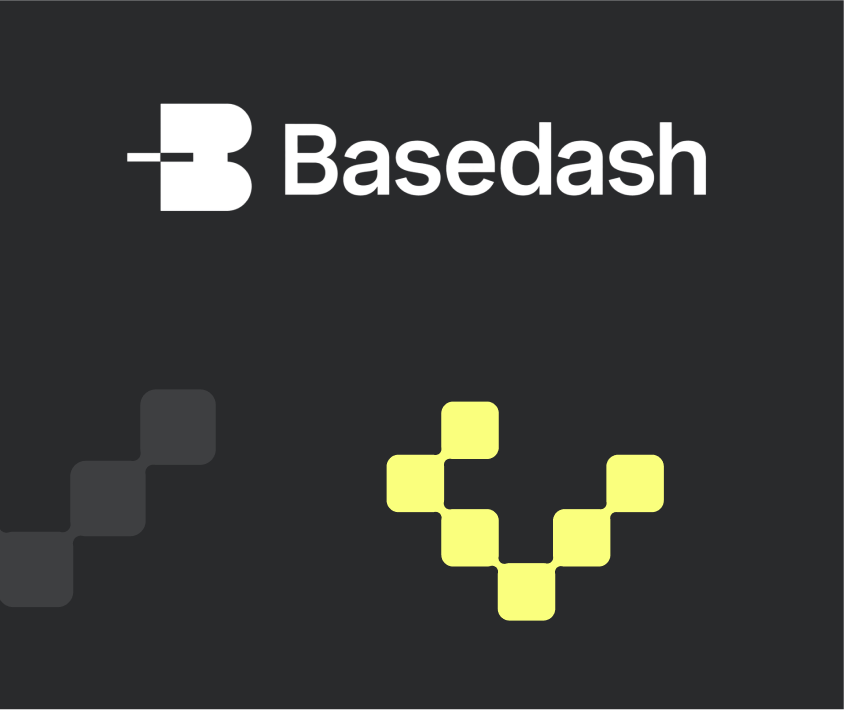
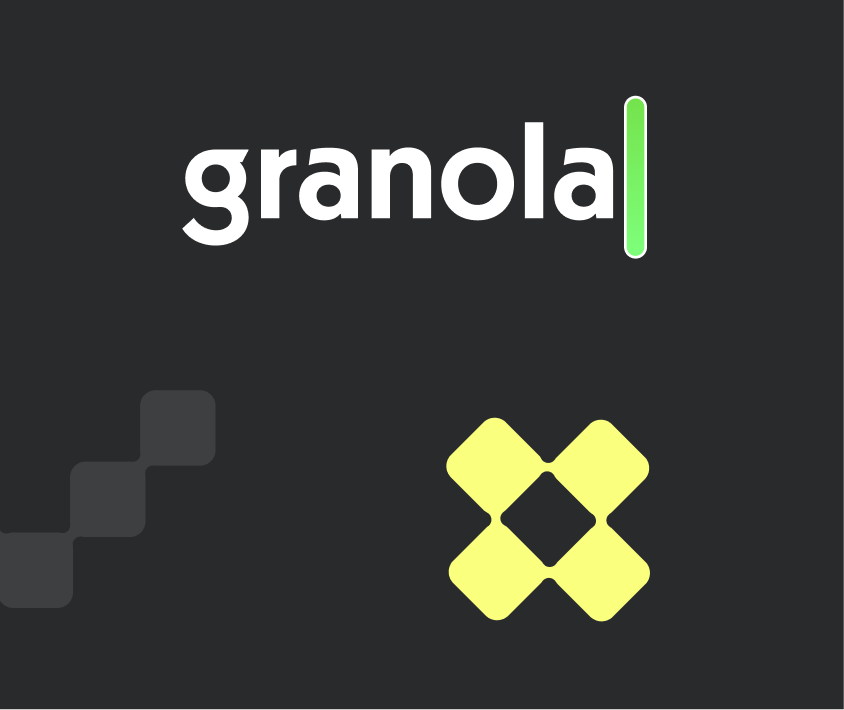
.png)
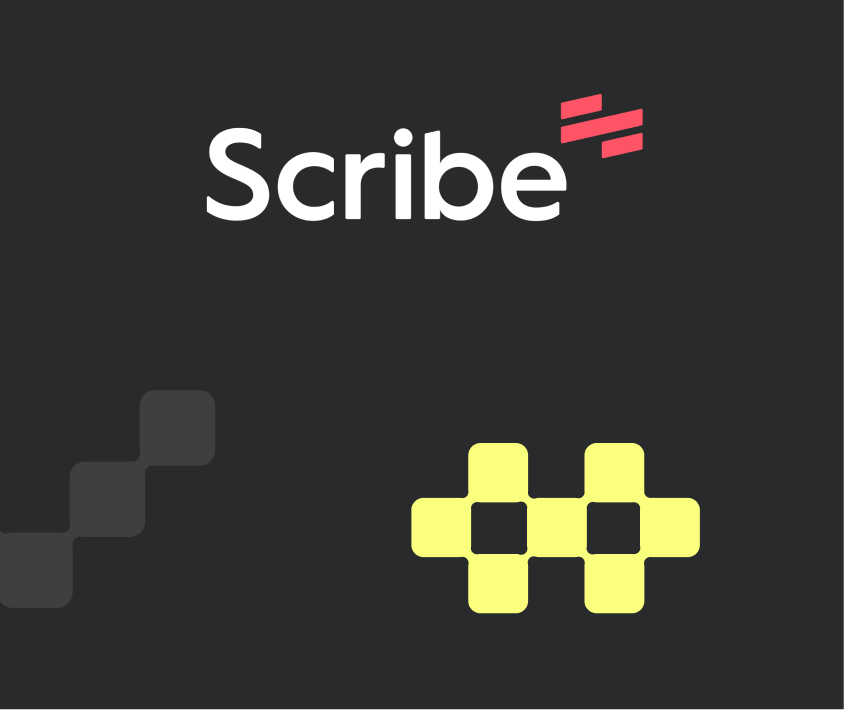





.svg)